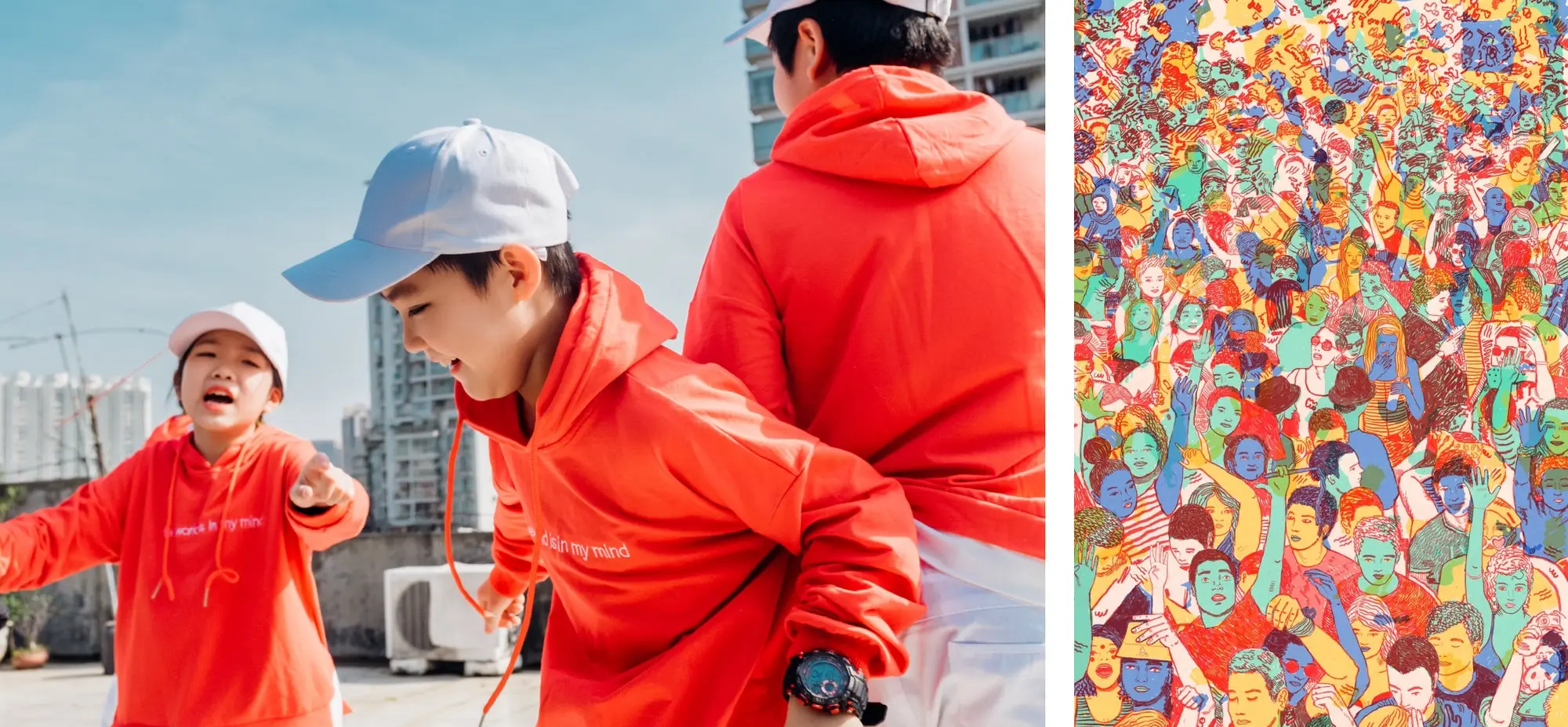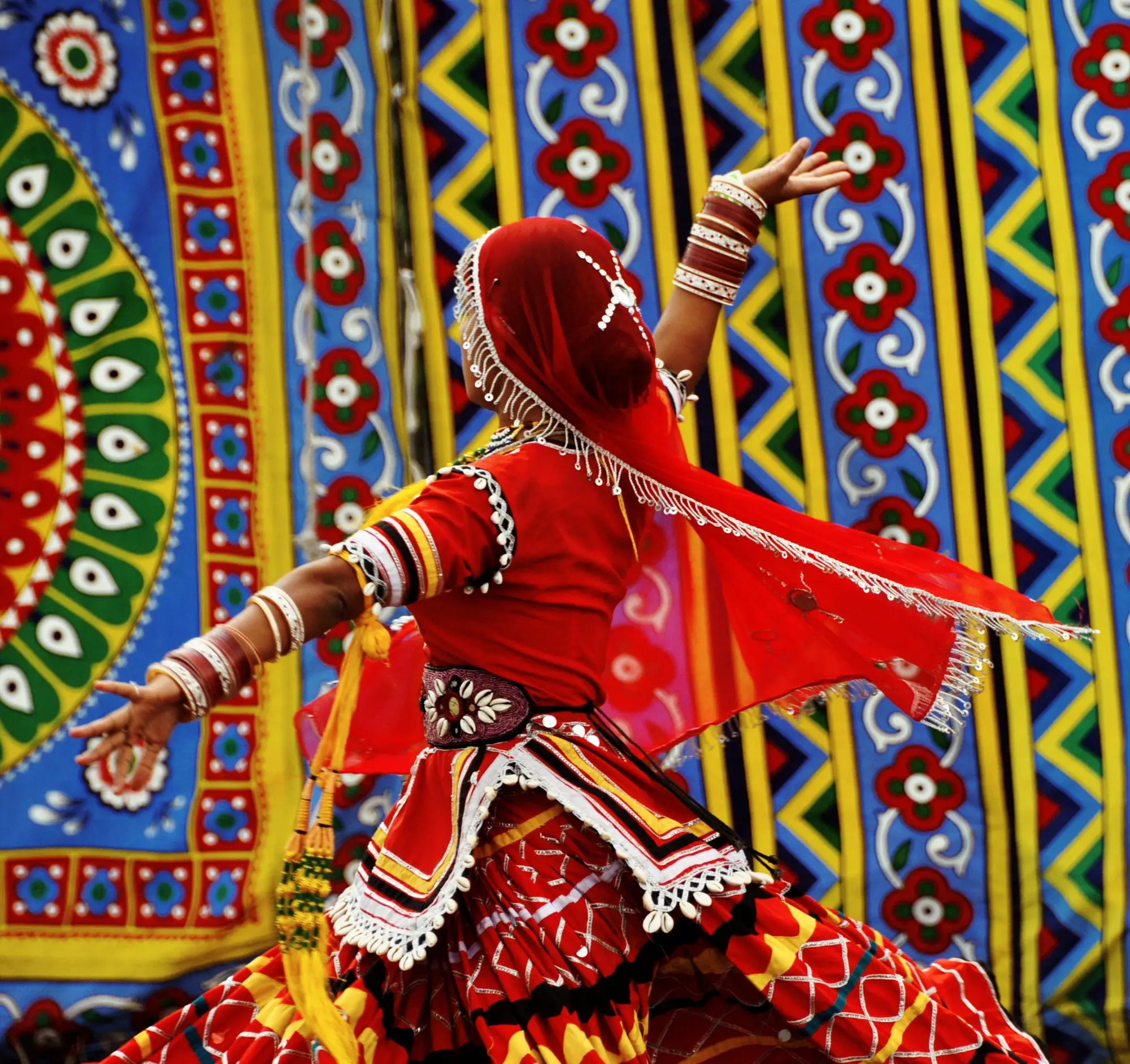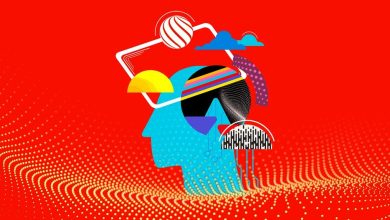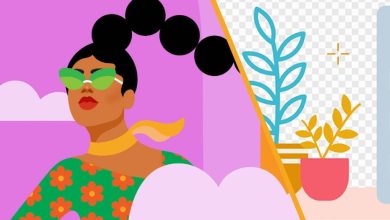Depicting dance and rhythm in the internet age
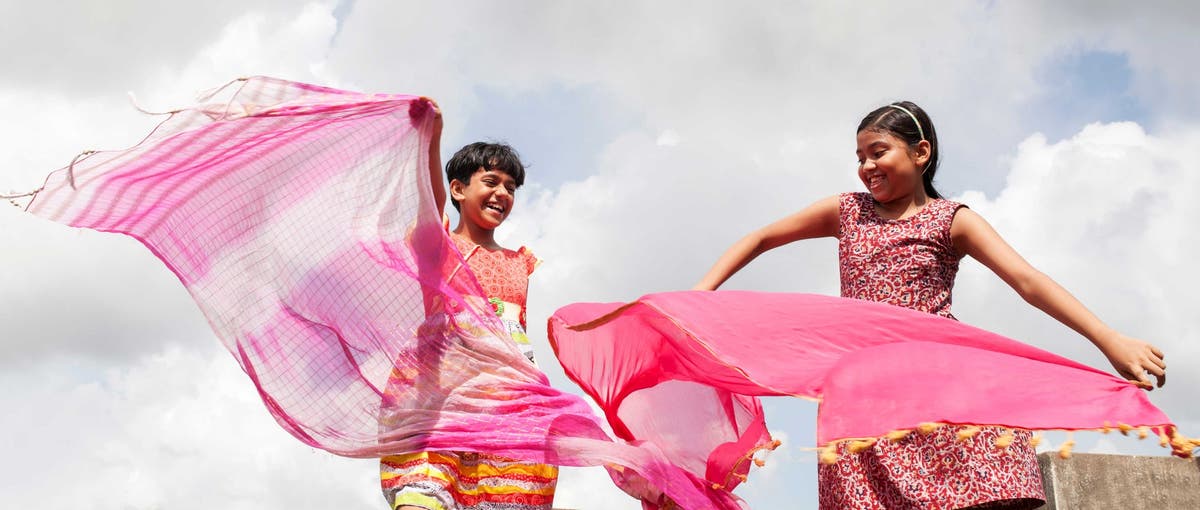
Image source: Adobe Stock/Partha Pal/Stocksy.
Dance and its predominance on our screens and around us is part of a larger trend toward video and moving images on our devices. The stock visual landscape today goes well beyond images: stock video, stock motion graphics templates, and stock audio play an increasingly important role in how creators and brands reach their audiences. At Adobe Stock, we recently acquired our 20 millionth video.
Despite the volume of dance images, there is still a deep need for the stock landscape to reflect the richness, diversity, and specificity we are seeing in the world around us. Dance image and videos that feel generic or engage in appropriation, not only fail to resonate with audiences — they may also perpetuate the erasure of the cultures and peoples in which dance and music are rooted.
It’s no small wonder Mads Mikkelsen’s dance at the end of Another Round, Thomas Vinterberg’s critically acclaimed film about drinking and middle-age, became one of the most reproduced and meme-able moments of 2021. After years of wellness culture, self-help gurus, and toxic positivity, watching a fifty five-year old Danish man pound a can of beer and dance to techno music with exuberant, unrestrained, expressive chaos filled a void in our hearts. It felt like a celebration of messiness, frailty, resilience, and joy in the face of tragedy (sound familiar?).
The Joyful Rhythm creative brief from Adobe Stock — part of a series of 8 intersectional calls for content from Adobe Stock’s Advocates program — invites photographers, videographers, animators, and illustrators to tap into this most intimate, natural form of physical expression that is enjoying massive trending appeal in today’s media landscape.
It’s not just one set of steps or type of dance we see trending — it is as if physical expression itself is having a very big moment. Music and dance have a way of evoking something primal in our bodies — they allow us to simultaneously express how we feel in the present while connecting us to something deep in our past. In the realm of advertising and stock imagery, there is still a definite lack of representation of the world’s multitude of moves. However, that is changing, as more brands are giving center stage to modern expressions of joyful movement — and featuring more diverse and Black, Indigenous and People of Color (BIPOC) creators.
Image source: Adobe Stock/Pansfun Images/Stocksy, Adobe Stock/Anna Higgie.
Dance and music are everywhere online
The way we move and make noise is driving culture in a more visible and accessible way than ever before. It is everywhere from our smartphones and computer screens to how we work out, how we pray, and even how we protest. It is impossible to explain the incredible rise and cultural significance of TikTok, and its popularity with Gen Z, without mentioning music and dancing. Sure other platforms let you document dance and play music, but TikTok tapped into a need for a platform that makes melding the two forms together seamless.
Understandably, the omnipresence of dance in our lives as of late has been picked up by brands looking for ways to connect to how people feel circa 2021. Vogue’s recent spring fashion roundup featured 36 models across 21 countries, each dancing or expressing themselves through motion. Brands like Coca Cola and Grey Goose released commercials that blend pop music, visual effects, and eye-catching dance, which seem almost begging to be turned into TikTok challenges.
Of course, being constantly barraged by music and dance can be a double-edged sword. When viral TikTok trends combine with some of the more malign aspects of contemporary culture. This highlights the need for us to be critical consumers and creators.
Cultural appropriation is one major consequence of the cultural appetite for cool in the form of dance, music, and style influenced by Black culture in particular. In his article for Wired on TikTok and the Evolution of Digital Blackface, Jason Parham writes that white creators have “come to learn that the quickest route to success on TikTok is right through the bountiful fields of Black expression.”
Image source: Adobe Stock/irum.
Rhythm in our roots and credit where it is due
The best way for artists to participate in creating more inclusive content on these platforms is to make sure to create what you know, to do your research when it comes to things you don’t know, be sure to give credit to original creators wherever you can, and to involve diverse teams in creative productions. Not only is this more inclusive, it can be the best way to ignite inspiration for truly exceptional and authentic work.
Movement and rhythm remain at their most powerful when we are able to connect them to our roots: when we leave behind the generic for the specific and trace the rich traditions we are a part of through our beats and bodies. From fine art to stock photography, many artists find that tapping into their own personal stories produce the most creative sparks.
The past year has brought an incredible array of art which explores roots and culture through music and dance. For her recent visual album, When I Get Home, Solange Knowles returned to her birthplace of Houston to explore the trauma of hurricane Harvey, the resilience of the Black community in Texas, along with the spiritual and mythical aspects of the question “what is home?” “The film is an exploration of origin,” she explained, “asking the question how much of ourselves do we bring with us versus leave behind in our evolution.”
On the commercial side of things, the recent Apple AirPods pro commercial seemed to resonate with the times. In it, world Double Dutch champion Kengo Sugino dances and hops through an increasingly surreal landscape of ropes, neon-wires, hoses, and shadows. But the video also links Sugino to the origins of Double Dutch, which are from the Black community in America, which in turn were continuations of African dances meshing with Dutch ones in New York City. In creatively incorporating and honoring the roots of the dance depicted in the ad, Apple avoids cultural appropriation and succeeds in cultural celebration.
Dances as diverse as we are
As we have seen from this last year, dance and music are at their most engaging and powerful when they are also the most authentic, honest, and specific. We launched Adobe Advocates program to support and make space for more authentic and culturally representative imagery.
Check out our Joyful Rhythm call for content for more inspiration on how you can capture the zeitgeist of the moment with a bop, gesture, or whirl.
Learn more about the Adobe Stock Advocates program.
Source : Adobe

